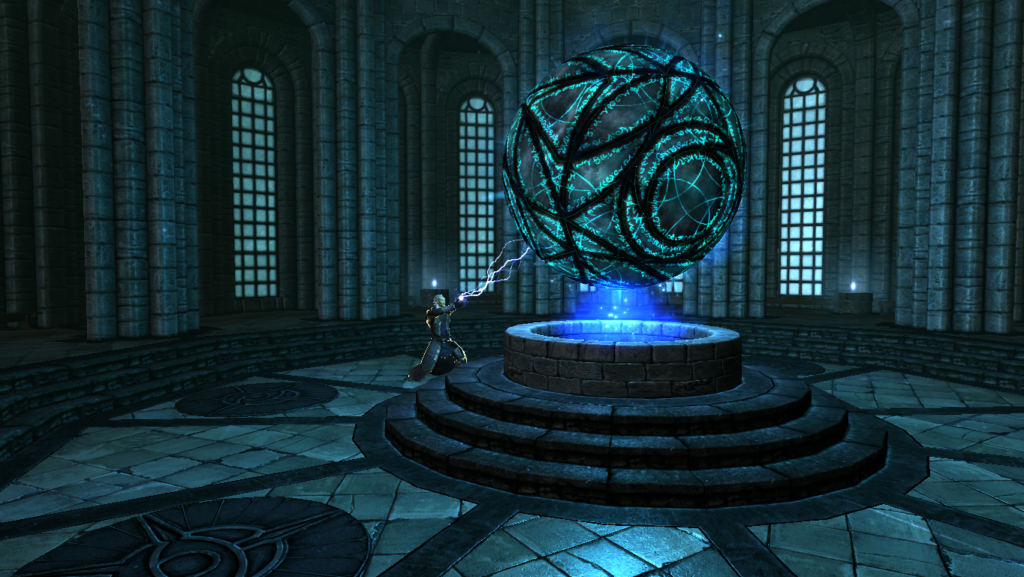#Pratchat80 – Always Believe in Your Golems
Inequality reporter Stephanie Convery returns on a trip with Liz and Ben into the world of banking, high finance and monetary theory in Terry Pratchett’s thirty-sixth Discworld novel, 2007’s Making Money.
The Ankh-Morpork Post Office is running very smoothly – which has left Moist von Lipwig, reformed con-man and Postmaster General, at a loose end. But he resists the Patrician’s offer of a new job revitalising the Royal Mint and Royal Bank of Ankh-Morpork. The bank’s current owner is a Mark 1 Feisty Old Lady who knows her rich family are out to get her – and her little dog, too. But despite Moist’s best attempts to not get involved, both dog and bank wind up in his care – putting him in the sights of the Lavish family, and especially Vetinari-obsessed Cosmo Lavish. Meanwhile, manager of the Golem Trust (and Moist’s fiancée) Adora Belle Dearheart is digging up something ancient out on the desert. And Moist’s past is about to catch up with him…
Just a few novels after debuting in Going Postal, Moist von Lipwig is back! Making Money is about the nature of money, but also about the thrill of the chase, grappling with one’s inner nature, and obsession. Aside from Gladys the Golem, Moist and Adora Belle bring few of their previous supporting cast along for the ride; instead we meet a new cast including Mr Bent, the Lavishes, another Igor, the Post-Mortem Communications Department of Unseen University, and the very good boy Mr Fusspot.
Does this live up to the promise of Going Postal? Could Moist be in other Discworld books in disguise – and if so, as who? Did you guess Mr Bent’s secret? And if you had a Glooper, what would you use it to change in the world of money? No purchase necessary to join the conversation for this episode; just email us or use the hashtag #Pratchat80 on social media.
Podcast: Play in new window | Download (Duration: 2:39:14 — 73.5MB)
Stephanie Convery (she/her) is is a writer and author. Previously the Deputy Culture Editor for The Guardian Australia, she’s now their dedicated inequality reporter. Stephanie’s first book, After the Count: The Death of Davey Browne, was published in March 2020 by Penguin Books. (We suspect it won’t be her last.) You can follow Stephanie on Twitter at @gingerandhoney, and find her work at Guardian Australia. Her previous appearances on Pratchat were for #Pratchat2, “Murdering a Curry” (about Mort), and #Pratchat42, “Truth, the Printing Press, and Every -ing” (about The Truth).
You’ll find full notes and errata for this episode on our website…though not just yet. Watch out for it soon! In the meantime, the newly recovered story in A Stroke of the Pen is “Arnold, the Bominable Snowman” (we’ve not yet found it online). Also, here’s the free Quickstart for the Discworld: Adventures in Ankh-Morpork roleplaying game; it’s also available via DriveThruRPG. The Kickstarter launches on 15 October.
Those three upcoming Discworld plays in Australia are The Fifth Elephant from Brisbane Arts Theatre from 19 October; Maskerade by Sporadic Productions in Adelaide from 30 October; and Guards! Guards! from Roleystone Theatre in Perth from 22 November.
Next episode we’re continuing our Moist streak (sorry) with the (so far) latest Discworld board game: Clacks! If you have questions about this game recreating the race between Moist and the Grand Trunk company, get them in to us by mid-October 2024 by tagging us or using the hashtag #Pratchat81 on social media, or emailing us at chat@pratchatpodcast.com.
Want to help us get to the end of our six(ish) year mission and read every Pratchett book – and more? You can support us with a tip, or a subscription for as little as $2 a month, and that’s cuttin’ our own throats! See our Support Us page for details.

